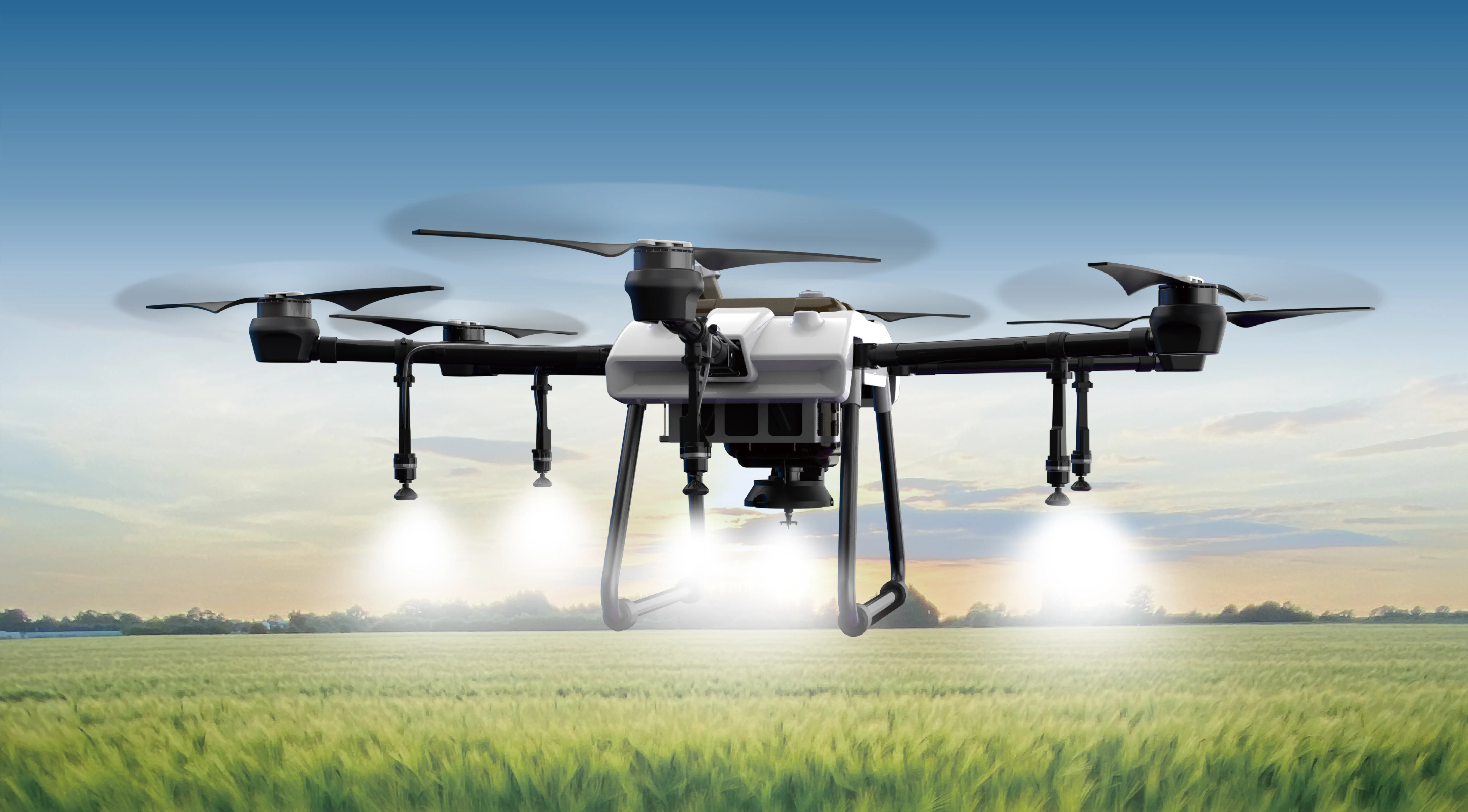Hey, so you're working with the DJI Mini 2 and running into that annoying "gimbal motor overloaded" message? Happens more often than you'd think, especially when you're trying to get those aerial shots done in a tight spot or with a bit of unexpected turbulence. That little fuss can throw your entire shoot off and turn a fun flight into a frustrating puzzle.

Here's the thing—this warning pops up when the gimbal motor senses resistance beyond its normal limits. Basically, it’s like trying to open a jar and feeling a sudden stiff pull; the motor is telling you, "Whoa, too much strain, chill out." The causes can be varied. Maybe the gimbal's been knocked or bumped, or maybe there's debris interfering with its smooth operation. Sometimes it’s just about the payload—you’ve added accessories or the drone is carrying something top-heavy, putting extra stress on the motor.
So, how do you handle it? First, check for any visible obstructions or debris around the gimbal. Make sure nothing’s loose—sometimes a tiny screw or a little dust can cause the motor to overwork. Gently reset the gimbal by turning off the drone, removing the battery, waiting a moment, then powering everything back up. If that doesn’t do it, some fiddling with the gimbal's position might help—gently calibrate it to see if the motor relaxes its warning.
But here’s a question I get asked often: “Is this overload message something I just have to live with?” No way. Often, it’s fixable without replacing parts. It boils down to regular maintenance, gentle handling, and understanding the limits of your equipment. The Mini 2’s gimbal isn’t designed for rough treatment or heavy payloads, so sticking to those guidelines keeps everything running smoothly.
Now, let’s talk about why this part is so important. The gimbal isn’t just a fancy add-on; it’s the stabilizer, the beast that keeps your footage silky smooth. When the motor hits overload, not only do you risk losing stability mid-air, but you also potentially wear out parts faster. A little preventive care goes a long way—clean those moving parts, check for loose screws, and keep the drone in good shape.
You might wonder—“Can I avoid this issue altogether?” Well, being mindful of payloads and not pushing the drone beyond its capabilities helps a lot. If you’re trying to attach extra gear or go into windy conditions, reduce weight or wait for a calmer day.
And you’ll find that sometimes, the solution is simple: a soft reset, a quick calibration, or maybe just some cleaning. But if it persists, don’t ignore it. Overloading the motor repeatedly can lead to bigger problems down the line—like a motor that refuses to turn or unnerving fluctuations in stabilization.
In the end, knowing what triggers this overload flag and how to handle it keeps your flights smooth and your footage sharp. Save yourself some headaches by respecting the limits, performing regular checks, and understanding that gear isn’t just about pushing its limits but caring for it. That’s how you keep your creative flow uninterrupted.
Established in 2005, Kpower has been dedicated to a professional compact motion unit manufacturer, headquartered in Dongguan, Guangdong Province, China.




































